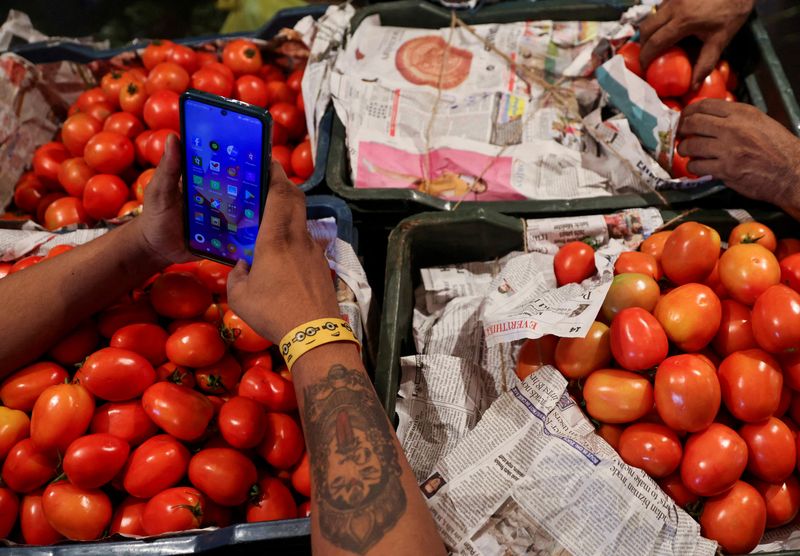By Swati Bhat
MUMBAI (Reuters) – India cannot risk another bout of inflation and the monetary policy committee (MPC) must adopt a cautious approach to lowering interest rates, members of the rate-setting panel said in the minutes of the October meeting.
The MPC, which consists of three Reserve Bank of India (RBI) and three external members, had kept the repo rate unchanged at 6.50% for a tenth straight policy meeting while changing the policy stance to ‘neutral’.
The panel has three new external members, who were appointed for a four-year term earlier this month.
“The arduous battle against inflation is far from won, but we are more confident of eventual success in bringing CPI inflation durably closer to the target,” external member Saugata Bhattacharya said in the minutes published on Wednesday.
Michael Patra, RBI deputy governor, wrote that while the persistence of inflationary pressures could dissipate with a less restrictive stance of monetary policy, “reducing restraint too quickly may negate the progress made on disinflation”.
India’s retail inflation in September accelerated to its highest in nine months at 5.49%, due to higher food prices, data released after the MPC meeting showed. The central bank targets inflation at 4%.
Five out of the six MPC members had voted in favour of holding policy rates, while newly-appointed external member Nagesh Kumar voted to cut the policy rate by 25 basis points.
“Given that inflationary expectations have been successfully anchored, and industrial demand in both domestic as well as export markets is flagging, a rate cut could help to revive demand and help boost private investment,” Kumar said.
Demand deficits in both domestic and external markets could be the reason private investment has not picked up momentum despite companies’ healthy balance sheets and government reforms, he added.
RBI Governor Shaktikanta Das reiterated his stance that rate cuts could be premature.
“At this stage of the economic cycle, having come so far, we cannot risk another bout of inflation. The best approach now would be to remain flexible and wait for more evidence of inflation aligning durably with the target,” he wrote.

